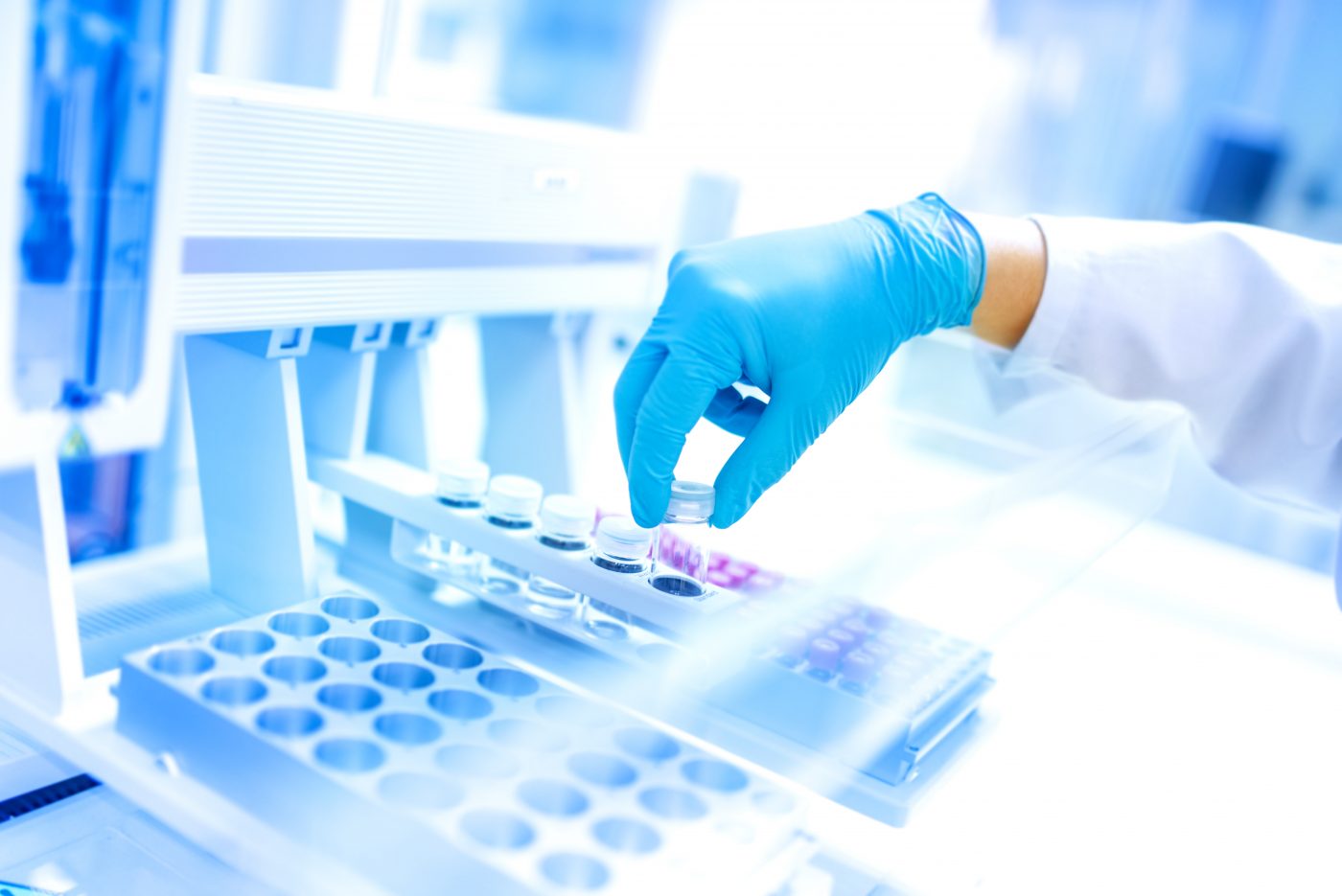Researchers Find Way to Block Receptor Believed to Be at the Root of Autoimmune Diseases
Written by |

University of Colorado researchers have discovered a molecule that prevents the activation of a receptor that scientists believe is involved in autoimmune diseases.
The team at university’s BioFrontiers Institute used the compound to block the receptor’s action.
Their work may alter the path of therapy development in scleroderma and other autoimmune disorders. The hallmark of such diseases is the immune system attacking healthy tissue.
The team succeeded in a quest that scientists have long pursued.
“We have discovered a key to lock this protein in a resting state,” Hang Hubert Yin, senior author of the study, said in a press release. “This could be paradigm-shifting.”
The researchers published their study, “Small-molecule inhibition of TLR8 through stabilization of its resting state,” in the journal Nature Chemical Biology.
It focused on a protein called Toll-like receptor 8, or TLR 8. Toll-like receptors are part of the body’s response to infection. They detect fragments of proteins and genetic material from bacteria and viruses.
Among the nine TLRs that scientists are aware of, some sit on cell surfaces and some are inside cells, ready to detect foreign DNA or RNA. TLR8 is one that’s inside cells. It triggers an inflammatory response when it detects microbes.
But while the response is necessary to ward off infection, “it can be a double-edged sword” if it gets out of hand, Yin said. Scientists believe this may be happening in people with autoimmune conditions.
Some TLRs’ location inside cells, in a tiny structure called an endosome, has made it difficult for researchers to develop compounds that block it. This has prevented both a better understanding of the protein’s role in autoimmune diseases and the development of treatments.
Blocking TLRs inside cells has been “a long-sought-after target with very little success,” Yin said.
His team was determined to keep trying, however.
Using high-throughput screening methods, they identified four molecules among more than 14,000 that bind to TLR8. The molecules shared certain features in their chemical structure, giving the team a hint on how to proceed.
Using the four compounds as a model, they synthesized hundreds of new ones, which they tested for their ability to bind and block the actions of TLR8. The key to success turned out to be a different approach than the one most researchers have used.
TLR8 switches to an active state when it encounters a threat. Earlier research focused on trying to switch off the activity. Yin’s team developed a compound that would prevent TLR8 from becoming active in the first place.
“Before, people were trying to close the open door to shut it down. We found the key to lock the door from the inside so it never opens,” Yin said.
The team has now taken the first steps to further develop their compound. They have filed a patent application, and aim to test the compound in animals and clinical trials in coming years.
“Our study provides the first small molecule tool to shut this protein down so we can understand its pathogenesis [how it is involved in disease],” Yin said.
But the discovery has a significance beyond the development of a drug that can target the underlying cause of autoimmune diseases rather than the symptoms. Further studies may give researchers better insight into the processes linking TLR8 to health and disease. That perspective could lead to even better treatment strategies.
“Given the prevalence of these diseases, there is a big push for alternatives,” Yin concluded.





